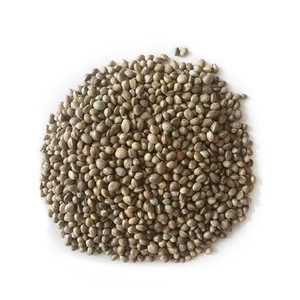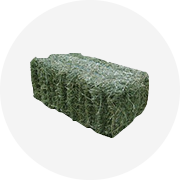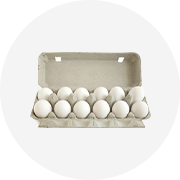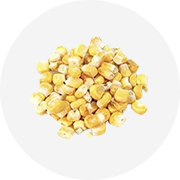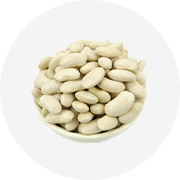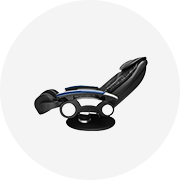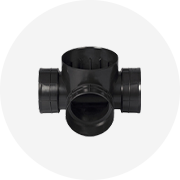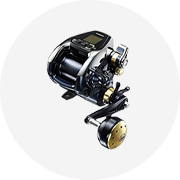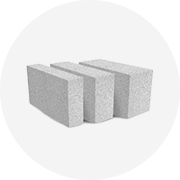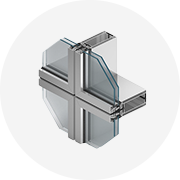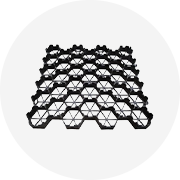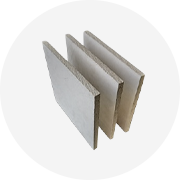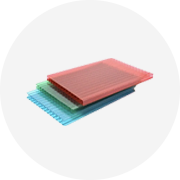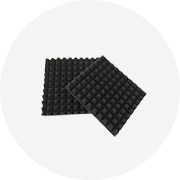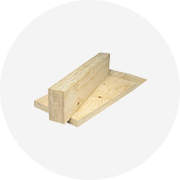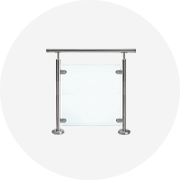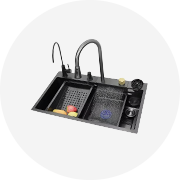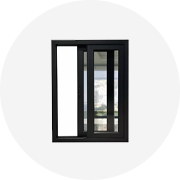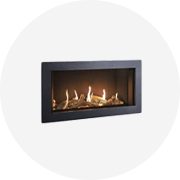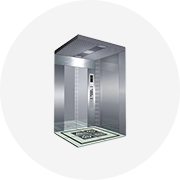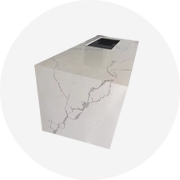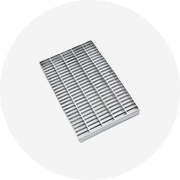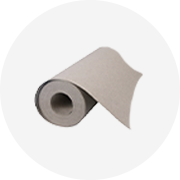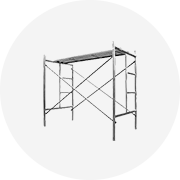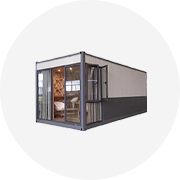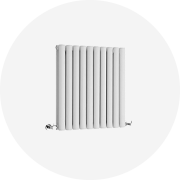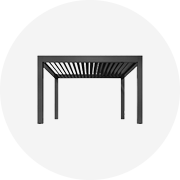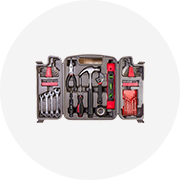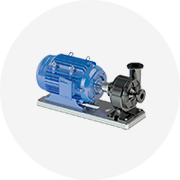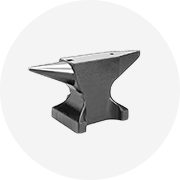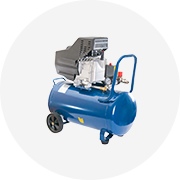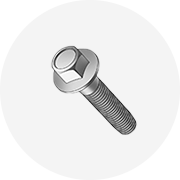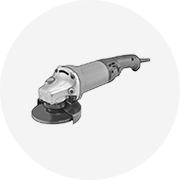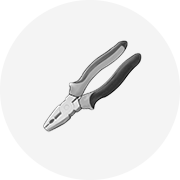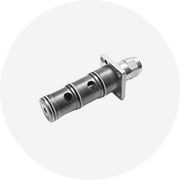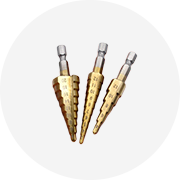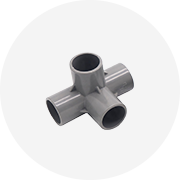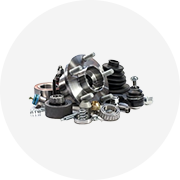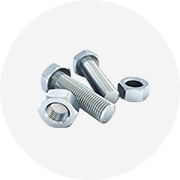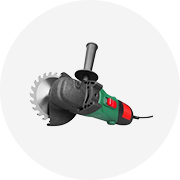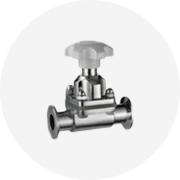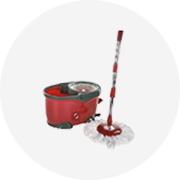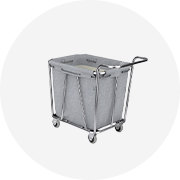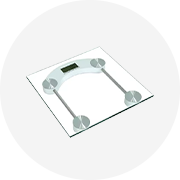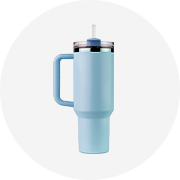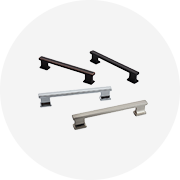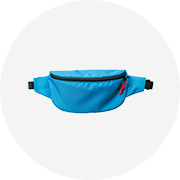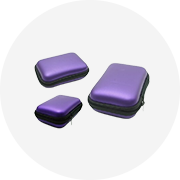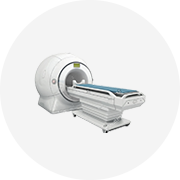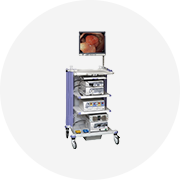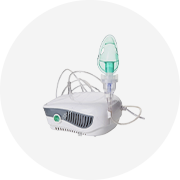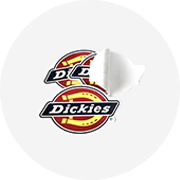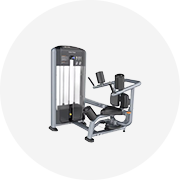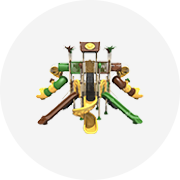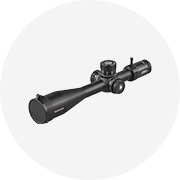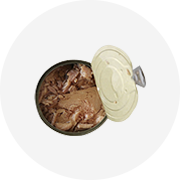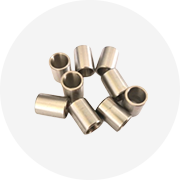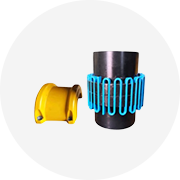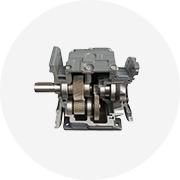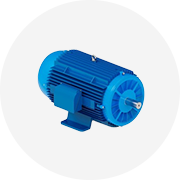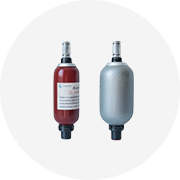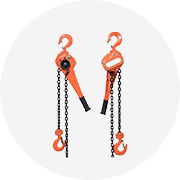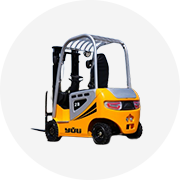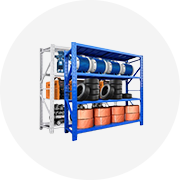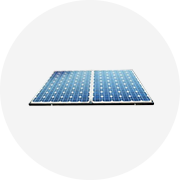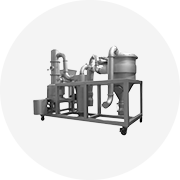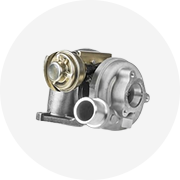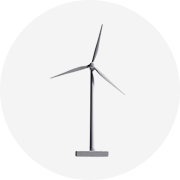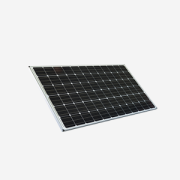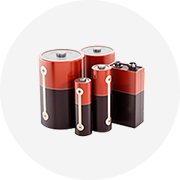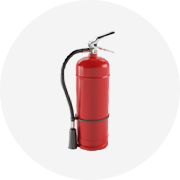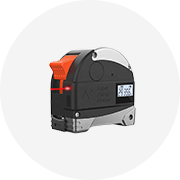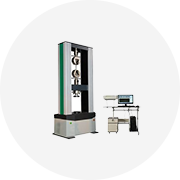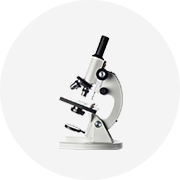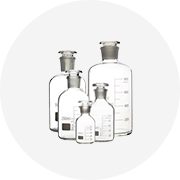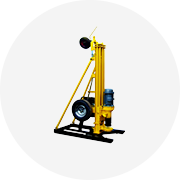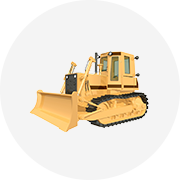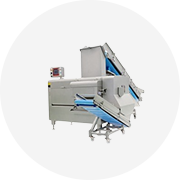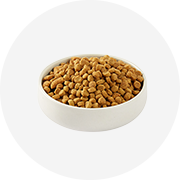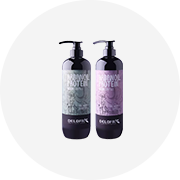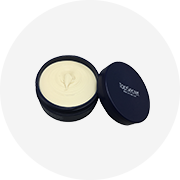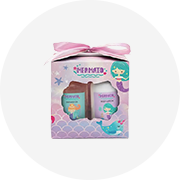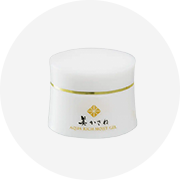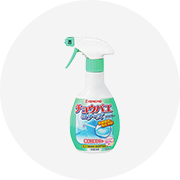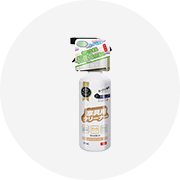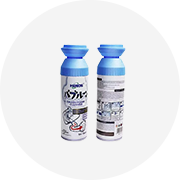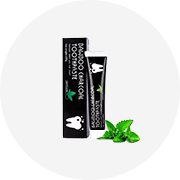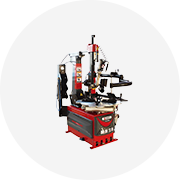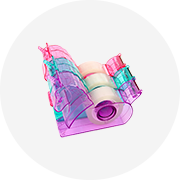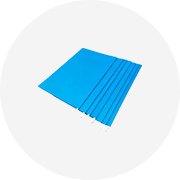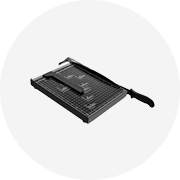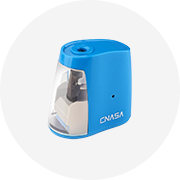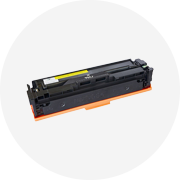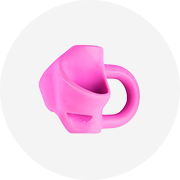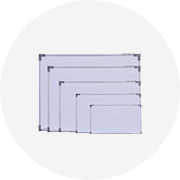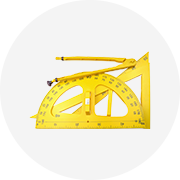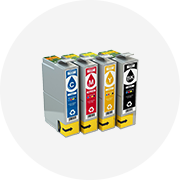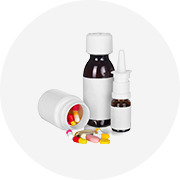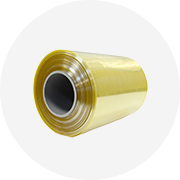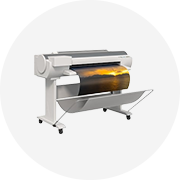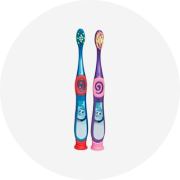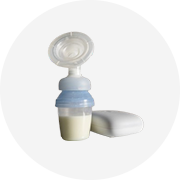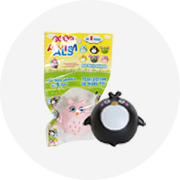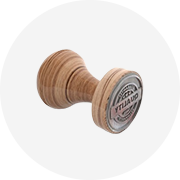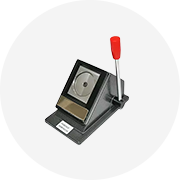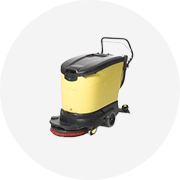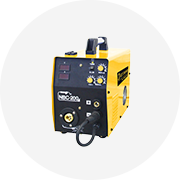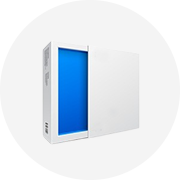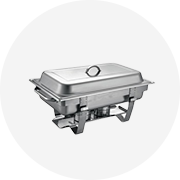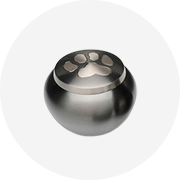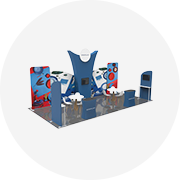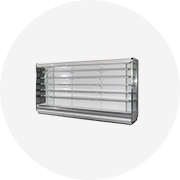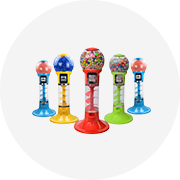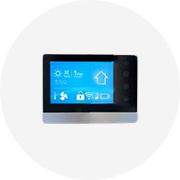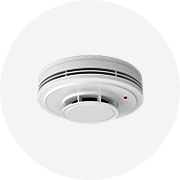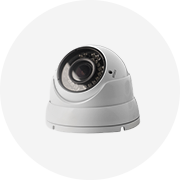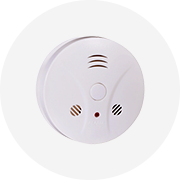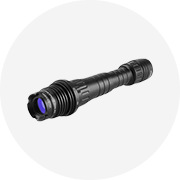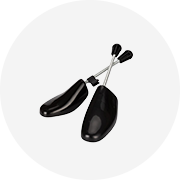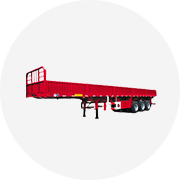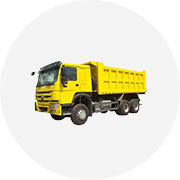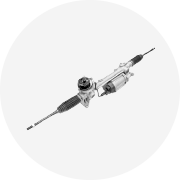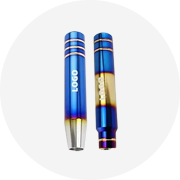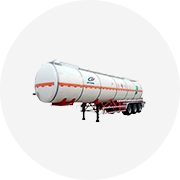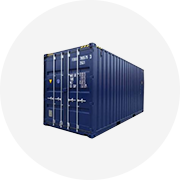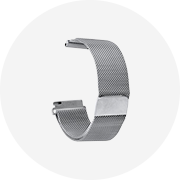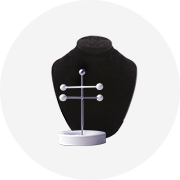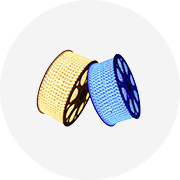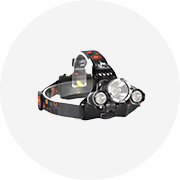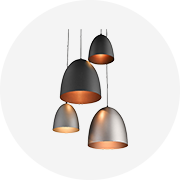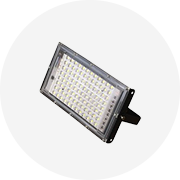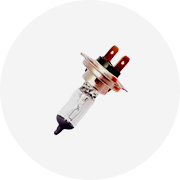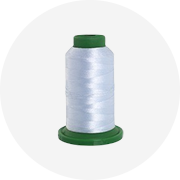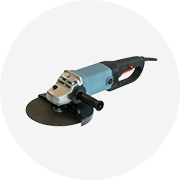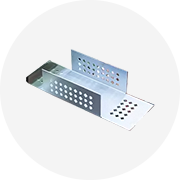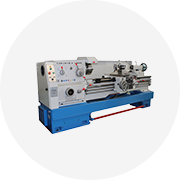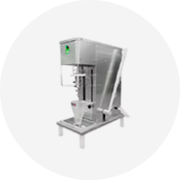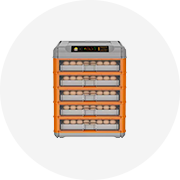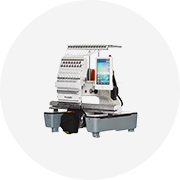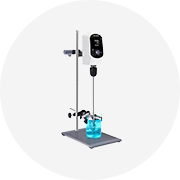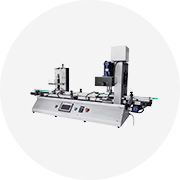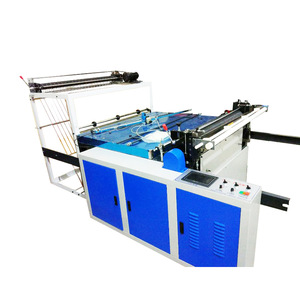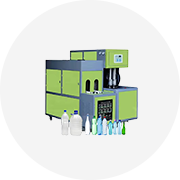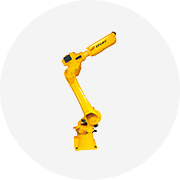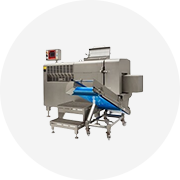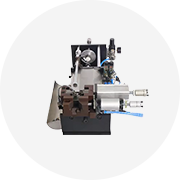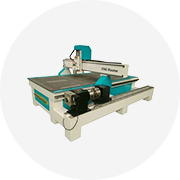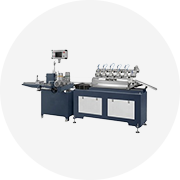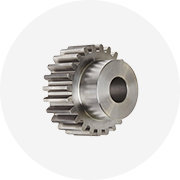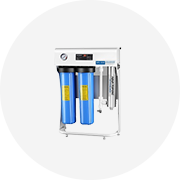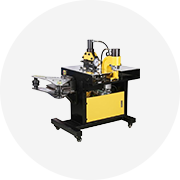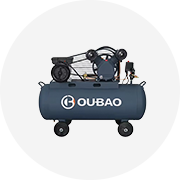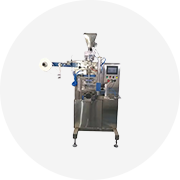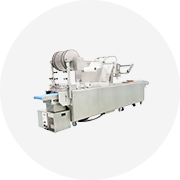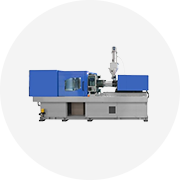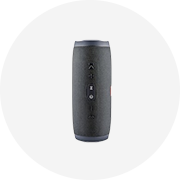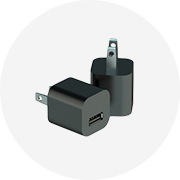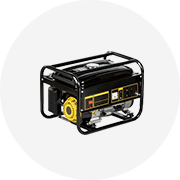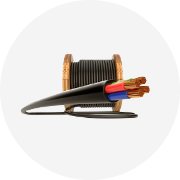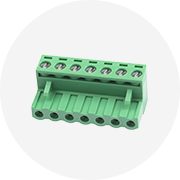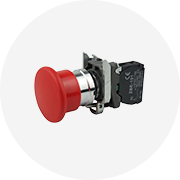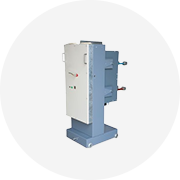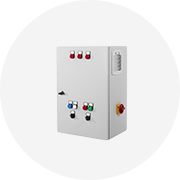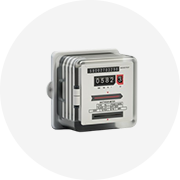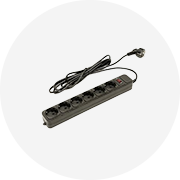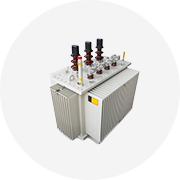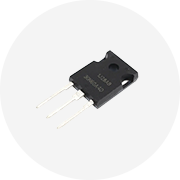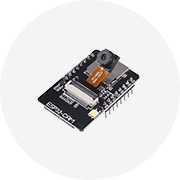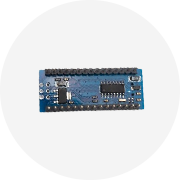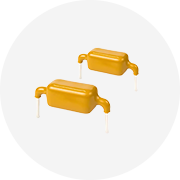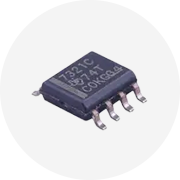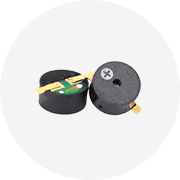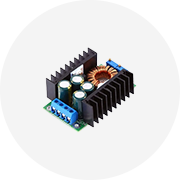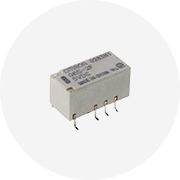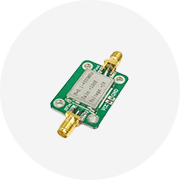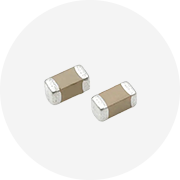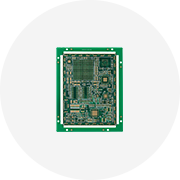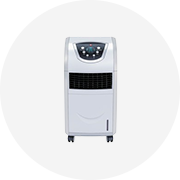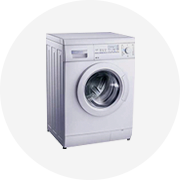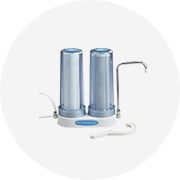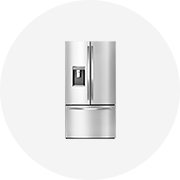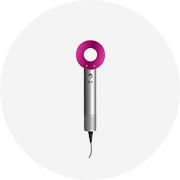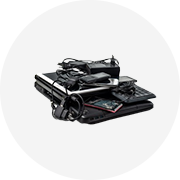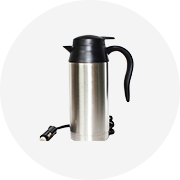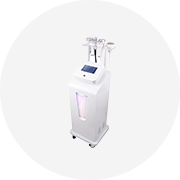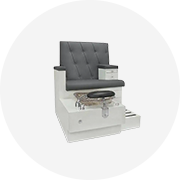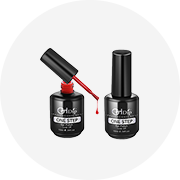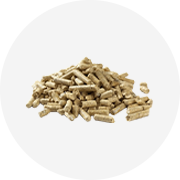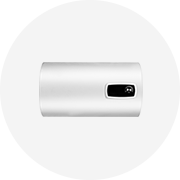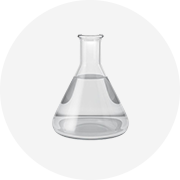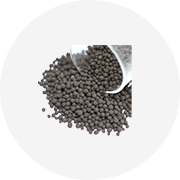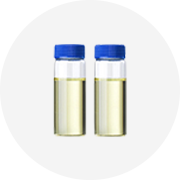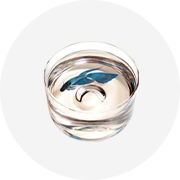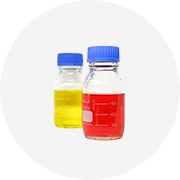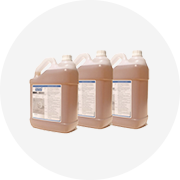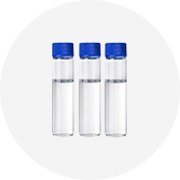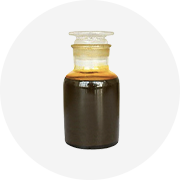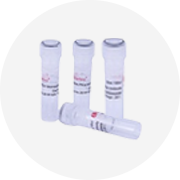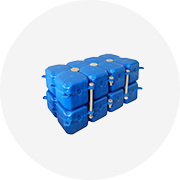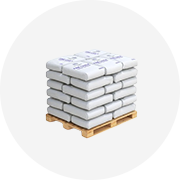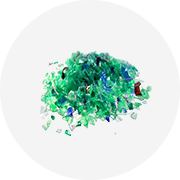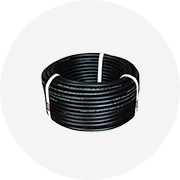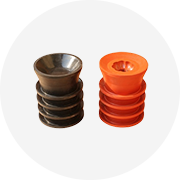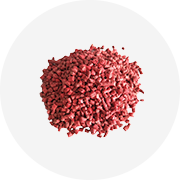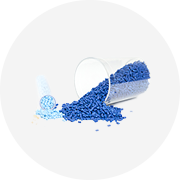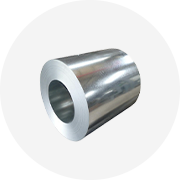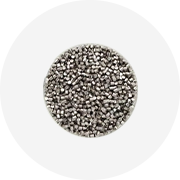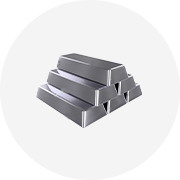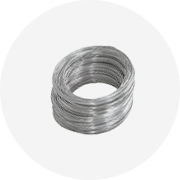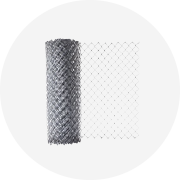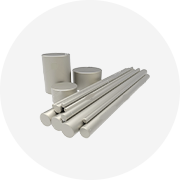-
 Agriculture
Agriculture
-
 Health-Care
Health-Care
-
 Environment
Environment
-
 Construction-Real-Estate
Construction-Real-Estate
-
 Tools-Hardware
Tools-Hardware
-
 Home-Garden
Home-Garden
-
 Furniture
Furniture
-
 Luggage-Bags-Cases
Luggage-Bags-Cases
-
 Medical-devices-Supplies
Medical-devices-Supplies
-
 Gifts-Crafts
Gifts-Crafts
-
 Sports-Entertainment
Sports-Entertainment
-
 Food-Beverage
Food-Beverage
-
 Vehicles-Transportation
Vehicles-Transportation
-
 Power-Transmission
Power-Transmission
-
 Material-Handling
Material-Handling
-
 Renewable-Energy
Renewable-Energy
-
 Safety
Safety
-
 Testing-Instrument-Equipment
Testing-Instrument-Equipment
-
 Construction-Building-Machinery
Construction-Building-Machinery
-
 Pet-Supplies
Pet-Supplies
-
 Personal-Care-Household-Cleaning
Personal-Care-Household-Cleaning
-
 Vehicle-Accessories-Electronics-Tools
Vehicle-Accessories-Electronics-Tools
-
 School-Office-Supplies
School-Office-Supplies
-
 Packaging-Printing
Packaging-Printing
-
 Mother-Kids-Toys
Mother-Kids-Toys
-
 Business-Services
Business-Services
-
 Commercial-Equipment-Machinery
Commercial-Equipment-Machinery
-
 Apparel-Accessories
Apparel-Accessories
-
 Security
Security
-
 Shoes-Accessories
Shoes-Accessories
-
 Vehicle-Parts-Accessories
Vehicle-Parts-Accessories
-
 Jewelry-Eyewear-Watches-Accessories
Jewelry-Eyewear-Watches-Accessories
-
 Lights-Lighting
Lights-Lighting
-
 Fabric-Textile-Raw-Material
Fabric-Textile-Raw-Material
-
 Fabrication-Services
Fabrication-Services
-
 Industrial-Machinery
Industrial-Machinery
-
 Consumer-Electronics
Consumer-Electronics
-
 Electrical-Equipment-Supplies
Electrical-Equipment-Supplies
-
 Electronic-Components-Accessories-Telecommunications
Electronic-Components-Accessories-Telecommunications
-
 Home-Appliances
Home-Appliances
-
 Beauty
Beauty
-
 Chemicals
Chemicals
-
 Rubber-Plastics
Rubber-Plastics
-
 Metals-Alloys
Metals-Alloys
- Masonry Materials
- Curtain Walls & Accessories
- Earthwork Products
- Fireproofing Materials
- Heat Insulation Materials
- Plastic Building Materials
- Building Boards
- Soundproofing Materials
- Timber
- Waterproofing Materials
- Balustrades & Handrails
- Bathroom & Kitchen
- Flooring & Accessories
- Tiles & Accessories
- Door, Window & Accessories
- Fireplaces & Stoves
- Floor Heating Systems & Parts
- Stairs & Stair Parts
- Ceilings
- Elevators & Escalators
- Stone
- Countertops, Vanity Tops & Table Tops
- Mosaics
- Metal Building Materials
- Multifunctional Materials
- Ladders & Scaffoldings
- Mouldings
- Corner Guards
- Decorative Films
- Formwork
- Building & Industrial Glass
- Other Construction & Real Estate
- Wallpapers/Wall panels
- HVAC System & Parts
- Outdoor Facilities
- Prefabricated Buildings
- Festive & Party Supplies
- Bathroom Products
- Household Sundries
- Rain Gear
- Garden Supplies
- Household Cleaning Tools & Accessories
- Lighters & Smoking Accessories
- Home Storage & Organization
- Household Scales
- Smart Home Improvement
- Home Textiles
- Kitchenware
- Drinkware & Accessories
- Dinnerware, Coffee & Wine
- Home Decor
- Golf
- Fitness & Body Building
- Amusement Park Facilities
- Billiards, Board Game,Coin Operated Games
- Musical Instruments
- Outdoor Affordable Luxury Sports
- Camping & Hiking
- Fishing
- Sports Safety&Rehabilitation
- Ball Sports Equipments
- Water Sports
- Winter Sports
- Luxury Travel Equipments
- Sports Shoes, Bags & Accessories
- Cycling
- Other Sports & Entertainment Products
- Artificial Grass&Sports Flooring&Sports Court Equipment
- Scooters
- Food Ingredients
- Honey & Honey Products
- Snacks
- Nuts & Kernels
- Seafood
- Plant & Animal Oil
- Beverages
- Fruit & Vegetable Products
- Frog & Escargot
- Bean Products
- Egg Products
- Dairy Products
- Seasonings & Condiments
- Canned Food
- Instant Food
- Baked Goods
- Other Food & Beverage
- Meat & Poultry
- Confectionery
- Grain Products
- Feminie Care
- Hair Care & Styling
- Body Care
- Hands & Feet Care
- Hygiene Products
- Men's Grooming
- Laundry Cleaning Supplies
- Travel Size & Gift Sets
- Room Deodorizers
- Other Personal Care Products
- Pest Control Products
- Special Household Cleaning
- Floor Cleaning
- Kitchen & Bathroom Cleaning
- Oral Care
- Bath Supplies
- Yellow Pages
- Correction Supplies
- Office Binding Supplies
- Office Cutting Supplies
- Board Erasers
- Office Adhesives & Tapes
- Education Supplies
- Pencil Cases & Bags
- Notebooks & Writing Pads
- File Folder Accessories
- Calendars
- Writing Accessories
- Commercial Office Supplies
- Pencil Sharpeners
- Pens
- Letter Pad/Paper
- Paper Envelopes
- Desk Organizers
- Pencils
- Markers & Highlighters
- Filing Products
- Art Supplies
- Easels
- Badge Holder & Accessories
- Office Paper
- Printer Supplies
- Book Covers
- Other Office & School Supplies
- Stationery Set
- Boards
- Clipboards
- Stamps
- Drafting Supplies
- Stencils
- Electronic Dictionary
- Books
- Map
- Magazines
- Calculators
- Baby & Toddler Toys
- Educational Toys
- Classic Toys
- Dress Up & Pretend Play
- Toy Vehicle
- Stuffed Animals & Plush Toys
- Outdoor Toys & Structures
- Balloons & Accessories
- Baby Food
- Children's Clothing
- Baby Supplies & Products
- Maternity Clothes
- Kids Shoes
- Baby Care
- Novelty & Gag Toys
- Dolls & Accessories
- Puzzle & Games
- Blocks & Model Building Toys
- Toddler Clothing
- Baby Clothing
- Kids' Luggage & Bags
- Arts, Crafts & DIY Toys
- Action & Toy Figures
- Baby Appliances
- Hobbies & Models
- Remote Control Toys
- Promotional Toys
- Pregnancy & Maternity
- Hygiene Products
- Kid's Textile&Bedding
- Novelty & Special Use
- Toy Weapons
- Baby Gifts
- Baby Storage & Organization
- Auto Drive Systems
- ATV/UTV Parts & Accessories
- Marine Parts & Accessories
- Other Auto Parts
- Trailer Parts & Accessories
- Auto Transmission Systems
- Train Parts & Accessories
- Universal Parts
- Railway Parts & Accessories
- Auto Brake Systems
- Aviation Parts & Accessories
- Truck Parts & Accessories
- Auto Suspension Systems
- Auto Lighting Systems
- New Energy Vehicle Parts & Accessories
- Auto Steering Systems
- Wheels, Tires & Accessories
- Bus Parts & Accessories
- Auto Performance Parts
- Cooling System
- Go-Kart & Kart Racer Parts & Accessories
- Air Conditioning Systems
- Heavy Duty Vehicle Parts & Accessories
- Auto Electrical Systems
- Auto Body Systems
- Auto Engine Systems
- Container Parts & Accessories
- Motorcycle Parts & Accessories
- Refrigeration & Heat Exchange Equipment
- Machine Tool Equipment
- Food & Beverage Machinery
- Agricultural Machinery & Equipment
- Apparel & Textile Machinery
- Chemical Machinery
- Packaging Machines
- Paper Production Machinery
- Plastic & Rubber Processing Machinery
- Industrial Robots
- Electronic Products Machinery
- Metal & Metallurgy Machinery
- Woodworking Machinery
- Home Product Manufacturing Machinery
- Machinery Accessories
- Environmental Machinery
- Machinery Service
- Electrical Equipment Manufacturing Machinery
- Industrial Compressors & Parts
- Tobacco & Cigarette Machinery
- Production Line
- Used Industrial Machinery
- Electronics Production Machinery
- Other Machinery & Industrial Equipment
- Camera, Photo & Accessories
- Portable Audio, Video & Accessories
- Television, Home Audio, Video & Accessories
- Video Games & Accessories
- Mobile Phone & Accessories
- Electronic Publications
- Earphone & Headphone & Accessories
- Speakers & Accessories
- Smart Electronics
- TV Receivers & Accessories
- Mobile Phone & Computer Repair Parts
- Chargers, Batteries & Power Supplies
- Used Electronics
- VR, AR, MR Hardware & Software
- Projectors & Presentation Equipments
- Other Consumer Electronics
- Cables & Commonly Used Accessories
- Computer Hardware & Software
- Displays, Signage and Optoelectronics
- Discrete Semiconductors
- Wireless & IoT Module and Products
- Telecommunications
- Connectors, Terminals & Accessories
- Development Boards, Electronic Modules and Kits
- Circuit Protection
- Sensors
- Isolators
- Audio Components and Products
- Integrated Circuits
- Power Supplies
- Relays
- RF, Microwave and RFID
- Electronic Accessories & Supplies
- Passive Components
- PCB & PCBA
- Air Quality Appliances
- Home Appliance Parts
- Heating & Cooling Appliances
- Small Kitchen Appliances
- Laundry Appliances
- Water Heaters
- Water Treatment Appliances
- Refrigerators & Freezers
- Personal Care & Beauty Appliances
- Major Kitchen Appliances
- Cleaning Appliances
- Second-hand Appliances
- Smart Home Appliances
- Other Home Appliances
- Energy Chemicals
- Inorganic Chemicals
- Basic Organic Chemicals
- Agrochemicals
- Admixture & Additives
- Catalysts & Chemical Auxiliary Agents
- Pigments & Dyestuff
- Coating & Paint
- Daily Chemicals
- Polymer
- Organic Intermediate
- Adhesives & Sealants
- Chemical Waste
- Biological Chemical Products
- Surface Treatment Chemicals
- Painting & Coating
- Chemical Reagents
- Flavor & Fragrance
- Non-Explosive Demolition Agents
- Other Chemicals
- Custom Chemical Services
Food & Beverage Machinery

Understanding Heating Tank Maintenance Tips
Regular Inspections: The Foundation of Good Maintenance
Regular visual inspections are the first line of defense against potential problems. Check your tank monthly for any signs of rust, corrosion, leaks, or damage to the exterior. Pay close attention to the connections and pipes for any signs of deterioration or loose fittings. A small leak ignored can quickly escalate into a major problem, causing significant water damage and necessitating a complete replacement. Remember, early detection is key to cost-effective solutions.
Beyond visual checks, consider having a professional inspection annually. A qualified technician can perform a more thorough assessment, including pressure testing, checking the burner and ignition system, and examining the flue for obstructions. This comprehensive evaluation provides a proactive approach to maintenance and helps identify potential issues before they become significant problems.
Cleaning and Flushing: Maintaining Efficiency
Sediment buildup within your heating tank is a common issue that reduces efficiency and can eventually lead to component failure. Sediment accumulates over time from minerals in the water. Regular flushing helps remove this sediment, ensuring optimal heat transfer and prolonging the life of your heating elements. Consult your owner's manual for specific instructions, or contact a professional for assistance. Incorrect flushing can damage the system if not done properly.
Beyond flushing, ensuring the tank's exterior remains clean is also essential. Dust and debris can accumulate, hindering heat dissipation and potentially causing overheating. Regularly wipe down the exterior of the tank to prevent this.
Anode Rod Replacement: Protecting Against Corrosion
The anode rod is a sacrificial metal rod within the tank designed to attract and absorb corrosive elements, preventing the tank itself from rusting. Over time, the anode rod will corrode and need replacing. A severely deteriorated anode rod leaves your tank vulnerable to rust and leaks. Regularly check its condition (usually during your annual inspection) and replace it as needed to safeguard your investment.
The frequency of anode rod replacement depends on various factors including water hardness. Consult your manual or a professional for guidance on when replacement is necessary. Neglecting this crucial step can drastically shorten the lifespan of your heating tank.
Addressing Leaks and Other Issues Promptly
Any sign of a leak, no matter how small, should be addressed immediately. Ignoring a leak can lead to water damage, costly repairs, and potentially dangerous situations. If you detect a leak, turn off the system and contact a qualified professional for repair or replacement. Attempting DIY repairs on a leaking tank can worsen the problem and compromise safety.
Similarly, any unusual noises, reduced heating output, or unusual smells emanating from the tank should prompt an immediate inspection. These could be warning signs of serious problems that require professional attention.

Choosing the Right Heating Tank System
Fuel Type
The type of fuel your heating system uses significantly impacts its efficiency, environmental impact, and cost. Traditional options include natural gas, propane, and oil. Natural gas is often the most cost-effective option, readily available in many areas and generally considered cleaner-burning than oil. However, availability is a key factor; if natural gas isn't available to your property, propane becomes a viable alternative, albeit often at a higher cost per unit of heat. Oil heating systems, while still used, are generally less efficient and environmentally friendly than gas or propane. Consider the availability and cost of fuel in your region when making your decision.
Beyond these traditional options, electric tankless water heaters are gaining popularity. While they eliminate the need for a bulky storage tank, they can have high upfront costs and potentially higher electricity bills depending on your usage and local electricity rates. Carefully evaluate the total cost of ownership over the system's lifespan.
Tank Size and Capacity
The size of your hot water tank directly relates to your household's hot water demand. A family of four will require a larger tank than a single person. Consider the number of bathrooms, showers, and other hot water-using appliances in your home. Underestimating the necessary capacity can lead to frequent hot water shortages, while overestimating leads to wasted energy and increased costs. Consult a professional plumber or heating contractor to determine the appropriate tank size for your specific needs.
Beyond capacity, consider the physical dimensions of the tank. Available space in your utility room or basement will influence the maximum tank size you can accommodate. Compact models are available, but these often come with a smaller capacity. Finding the right balance between capacity and physical footprint is essential.
Energy Efficiency
Energy efficiency is paramount, both environmentally and financially. Look for tankless water heaters or storage tanks with high Energy Factor (EF) ratings. The EF rating indicates how efficiently the system converts energy into hot water. A higher EF rating signifies lower operating costs and reduced environmental impact. In addition to the rating, consider features like insulation thickness, which minimizes heat loss and improves efficiency. Consider the long-term savings associated with a more energy-efficient system.
Remember to factor in potential rebates and incentives offered by your utility company or government programs for energy-efficient appliances. These programs can significantly reduce the initial investment cost of a more eco-friendly system. These programs are constantly evolving, so always research what’s currently available to you.
By carefully considering these factors, you can choose a heating tank system that perfectly meets your home’s requirements and provides years of reliable and efficient service. Don't hesitate to seek professional advice to ensure you make the best decision for your specific circumstances.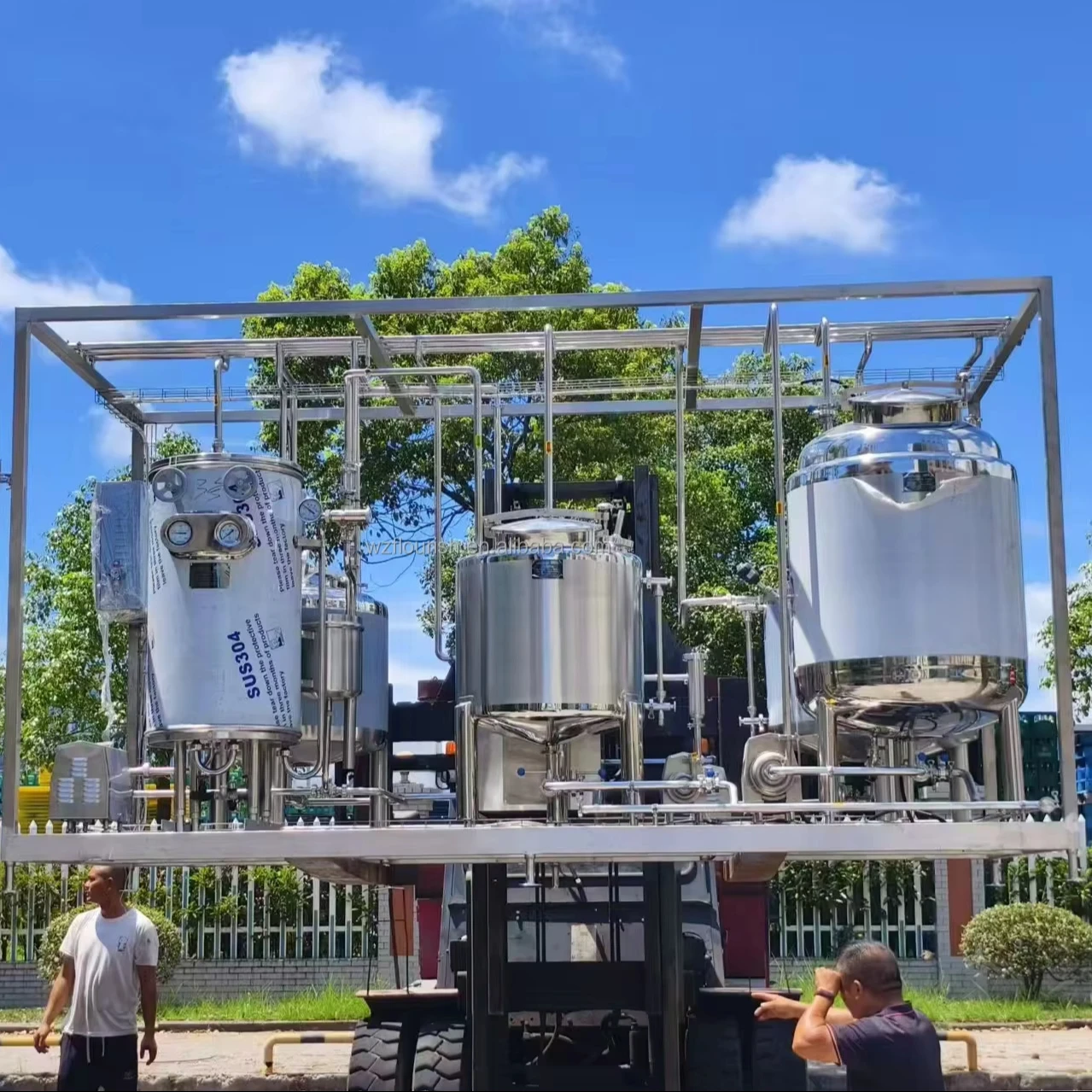
Innovative Solutions for Agitating Tank Systems
High-Efficiency Impeller Designs
Traditional impeller designs, while functional, often suffer from limitations in terms of energy efficiency and mixing effectiveness. New designs, leveraging computational fluid dynamics (CFD) modeling, are optimizing flow patterns to minimize dead zones and maximize mixing homogeneity. These advancements include impellers with optimized blade geometries, strategically positioned baffles, and the incorporation of innovative features like helical ribbons or pitched-blade turbines tailored to specific fluid properties and tank configurations.
Further improvements involve the development of self-cleaning impellers, which minimize the buildup of fouling materials on the impeller blades, thus maintaining consistent mixing performance over extended operational periods. This is particularly crucial in applications involving viscous fluids or those prone to sedimentation.
Advanced Control Systems
Precise control over agitation parameters is paramount for achieving consistent and reproducible results. Modern control systems utilizing advanced sensors, such as those measuring torque, temperature, and pH, allow for real-time monitoring and adjustment of impeller speed, ensuring optimal mixing conditions are maintained throughout the process. This level of precision minimizes energy waste and improves process yields.
Furthermore, the integration of process automation and artificial intelligence (AI) algorithms offers the potential for predictive maintenance and autonomous optimization of agitation parameters. AI-powered systems can analyze historical data to predict potential issues and proactively adjust operating conditions, maximizing system uptime and minimizing downtime caused by malfunctions.
Material Selection and Construction
The materials used in the construction of agitating tank systems directly impact their durability, corrosion resistance, and overall lifespan. Innovative materials, such as advanced polymers and corrosion-resistant alloys, are increasingly used to enhance the longevity and safety of these systems, especially in harsh chemical environments.
Furthermore, improvements in manufacturing techniques, such as advanced welding and fabrication processes, ensure the structural integrity and reliability of the tanks and impellers. These advancements reduce the risk of leaks, failures, and potential safety incidents associated with compromised tank integrity.
Scalable and Modular Designs
The ability to scale up or down an agitation system efficiently is crucial for process flexibility and cost-effectiveness. Modular designs allow for easy customization and adaptation to varying process requirements. This flexibility is particularly valuable in research and development settings, where experimentation with different scales and configurations is essential.
Moreover, scalable systems facilitate smoother transitions from pilot-scale to full-scale production, minimizing potential challenges associated with scaling up processes.

Exploring Optimal Agitator Design for Tanks
Understanding Flow Patterns
The design of an agitator directly impacts the flow patterns within the tank. Different impeller types – axial, radial, or mixed flow – generate distinct flow characteristics. Axial flow impellers create strong vertical currents, ideal for blending liquids of varying densities. Radial flow impellers, on the other hand, produce strong radial currents, promoting high shear rates, crucial for applications requiring the breakdown of solids or the emulsification of liquids. Understanding the desired flow pattern is the first critical step in selecting the appropriate agitator.
Furthermore, the placement of baffles within the tank significantly influences flow patterns. Baffles prevent vortex formation, ensuring homogenous mixing and preventing stagnant zones. The number and positioning of baffles are determined by factors such as tank geometry, impeller type, and the viscosity of the fluid. Careful consideration of these factors is essential for achieving efficient and uniform mixing.
Power Consumption and Efficiency
Energy efficiency is a major concern in agitator design. The power required to achieve a specific mixing level depends on various factors, including the impeller's diameter, rotational speed, fluid viscosity, and tank geometry. Optimizing the impeller design and rotational speed can minimize energy consumption without compromising mixing effectiveness.
Computational Fluid Dynamics (CFD) simulations play a crucial role in predicting power consumption and optimizing agitator design. CFD models allow engineers to virtually test different designs before physical prototyping, minimizing costs and development time. By analyzing the flow field and energy dissipation, optimal impeller geometries and operating parameters can be determined, leading to substantial energy savings.
Scale-up and Process Considerations
Scaling up an agitator design from laboratory to industrial scale requires careful attention to detail. Simple geometric scaling is often insufficient, as factors like power consumption and mixing time do not scale linearly. Therefore, understanding the dimensionless numbers governing mixing, such as the Reynolds number and the power number, is crucial for successful scale-up.
Process-specific requirements also influence agitator design. For instance, shear-sensitive materials require gentle mixing to prevent degradation. Conversely, applications involving solid-liquid suspensions might necessitate high shear rates for efficient solid dispersion. The choice of impeller type, speed, and tank geometry must be tailored to the specific process requirements to ensure product quality and process efficiency.
Material Selection and Durability
The material of construction for the agitator is critical for its longevity and compatibility with the process fluid. The chosen material must be resistant to corrosion, erosion, and the process chemicals. Factors such as temperature, pressure, and the chemical nature of the fluid all influence material selection. Selecting the correct material ensures extended service life and reduces the frequency of costly replacements.
Beyond the material itself, the design's robustness is crucial. The agitator must withstand the forces involved in mixing, especially in high-viscosity applications or those involving abrasive particles. A well-designed agitator minimizes stress concentration points, thereby extending its functional lifespan and reducing maintenance requirements.
REPORT

